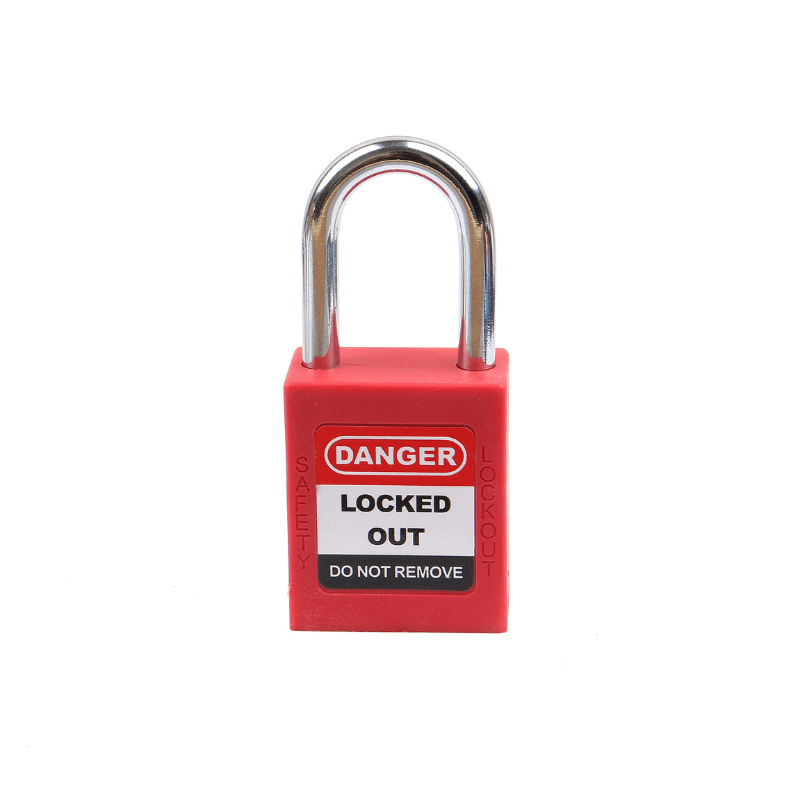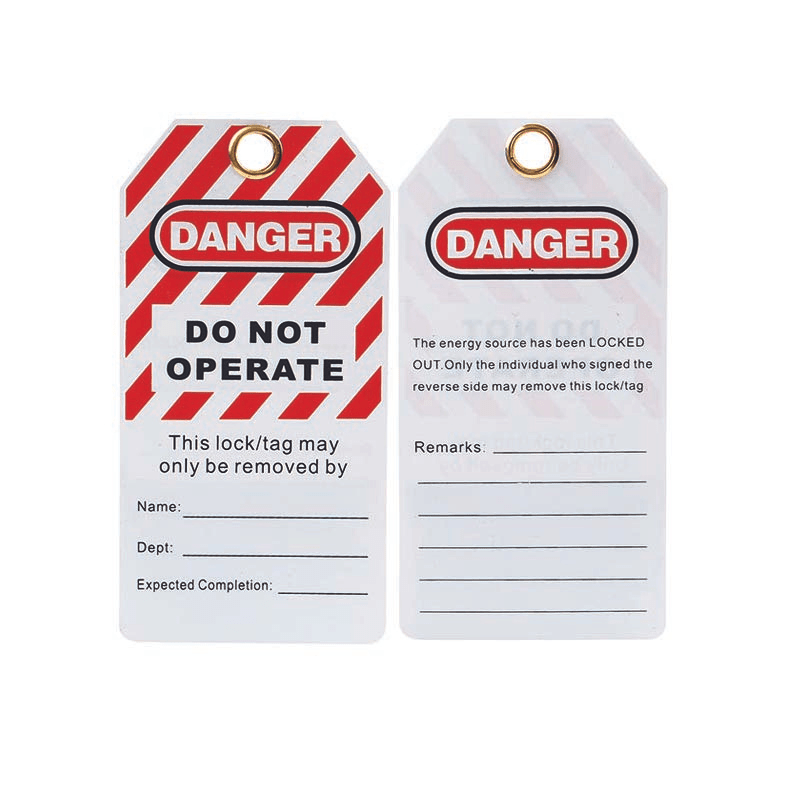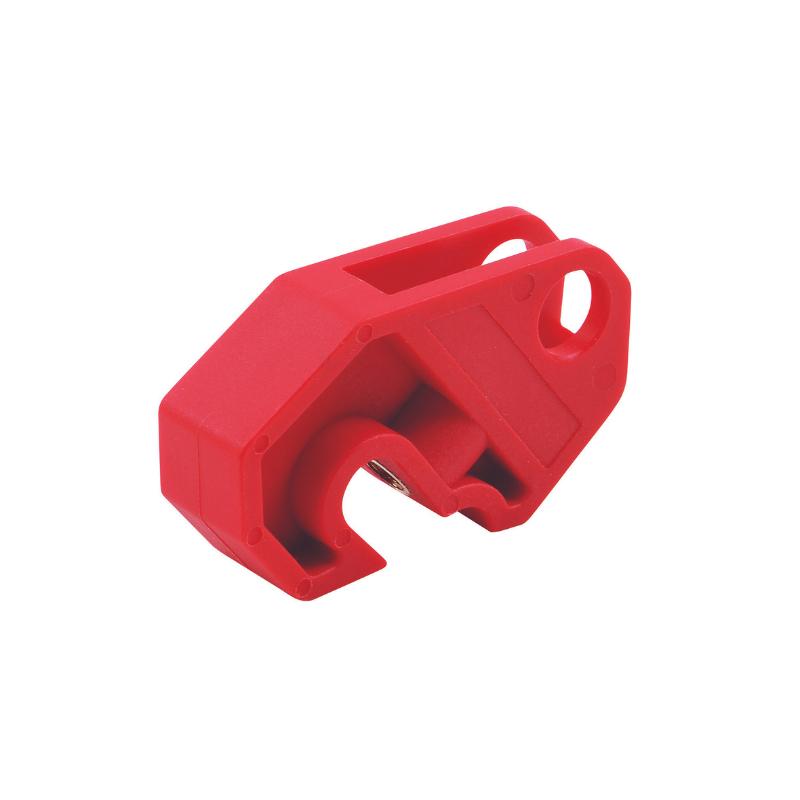In the modern workplace, safety signs are essential for promoting a secure environment and reducing accidents. Whether you’re managing a factory, warehouse, or construction site, safety signage is a fundamental component of your safety protocol. However, when it comes to choosing between custom-made and standard safety signs, the decision may not always be straightforward. This blog will delve into the advantages and drawbacks of both options, helping you determine which is right for your business.
Table of Contents
- What Are Standard Safety Signs?
- What Are Custom Safety Signs?
- Pros and Cons of Standard Safety Signs
- Pros and Cons of Custom Safety Signs
- Situations Where Standard Safety Signs Work Best
- When to Opt for Custom Safety Signs
- How to Choose the Best Option for Your Business
- Conclusion
1. What Are Standard Safety Signs?
Standard safety signs are pre-designed, universally recognized signage that adheres to national and international safety standards. These signs typically include commonly understood symbols, colors, and phrases that alert workers to hazards, guide them through safety procedures, and provide essential warnings.
Standard signs are available in various forms such as “Danger,” “Caution,” and “Warning” signs. These symbols, such as the yellow triangle for caution or the red circle with a slash for prohibition, are familiar to most employees, making them highly effective across industries.
2. What Are Custom Safety Signs?
Custom safety signs, on the other hand, are tailored specifically to meet the unique needs of a business or industry. They offer flexibility in terms of design, message, size, color, and even the inclusion of company logos. Custom signage is often used when standard signs do not adequately communicate the specific hazards of a workplace, or when companies wish to reinforce their brand while adhering to safety regulations.
For example, a factory dealing with highly specialized machinery might require custom signs that provide precise instructions regarding machine operation or shutdown procedures.
3. Pros and Cons of Standard Safety Signs
Pros of Standard Safety Signs
- Cost-effective: Standard safety signs are usually mass-produced, making them significantly cheaper than custom alternatives.
- Quick availability: Since standard signs are pre-made, they are readily available and can be shipped quickly.
- Compliance assured: Standard signs are designed to meet national and international safety standards, ensuring compliance with regulatory bodies.
- Universally recognizable: Their standardized symbols and colors mean that they are universally understood, reducing the risk of misinterpretation in diverse workplaces.
Cons of Standard Safety Signs
- Limited customization: The one-size-fits-all approach can sometimes be restrictive.
- Generic messaging: Standard signs may not effectively communicate specific or unusual hazards in certain industries.
4. Pros and Cons of Custom Safety Signs
Pros of Custom Safety Signs
- Tailored messaging: Custom signs allow for specific, detailed messages that are highly relevant to your operations.
- Enhanced clarity: By focusing on the unique risks of your workplace, custom signs can provide clearer, more detailed instructions.
- Brand reinforcement: Custom signs offer an opportunity to include your company’s branding.
- Adaptability: Custom signs can be made to fit unusual spaces or equipment, ensuring that signage is as visible and functional as possible.
Cons of Custom Safety Signs
- Higher cost: The design, production, and approval of custom signs typically make them more expensive.
- Longer lead time: Custom signs take longer to design and manufacture.
- Compliance concerns: Ensuring that custom signs meet all necessary safety regulations requires diligence.
5. Situations Where Standard Safety Signs Work Best
Standard safety signs are the optimal choice when the hazards in your workplace are common and covered by existing signage solutions. Examples of situations where standard signs work best include:
- General safety instructions: In environments where standard risks like “Wet Floor” or “Fire Exit” need to be communicated.
- Regulatory requirements: For compliance with broad regulatory needs such as exit routes and fire safety signs.
- Temporary hazards: For temporary signage needs such as construction sites or areas under maintenance.
6. When to Opt for Custom Safety Signs
Custom signs excel in situations where the hazards or instructions are unique to the business or industry. Scenarios that may call for custom safety signs include:
- Specific machinery risks: In factories or plants with specialized equipment.
- Hazardous material handling: If your business deals with chemicals or materials that present unique hazards.
- Bilingual or multilingual workplaces: Custom signs can be designed in multiple languages to ensure all employees understand the risks and procedures.
- Reinforcing internal policies: Custom signs can be used to emphasize company-specific safety protocols.
7. How to Choose the Best Option for Your Business
Choosing between standard and custom safety signs depends largely on the nature of your business, the complexity of the hazards present, and your budget. To help guide your decision:
- Evaluate your risks: If your workplace hazards are typical of your industry, standard signs will likely suffice.
- Consider compliance: Ensure that any signage complies with local and international safety regulations.
- Budget and timeline: Standard signs are quicker and more cost-effective.
- Space and visibility: Custom signage can be designed to fit specific areas, ensuring maximum visibility.
8. Conclusion
Both custom and standard safety signs have their place in workplace safety. Standard safety signs are cost-effective, universally recognized, and quick to implement. Custom safety signs offer tailored solutions that address specific risks and enhance communication in more complex environments.
When deciding which option is right for your business, consider the types of hazards you face, your regulatory obligations, and the clarity of the messages you need to convey. Ultimately, the goal is to create a safe and compliant workplace where employees are fully aware of potential dangers and know how to avoid them.
For high-quality safety signage solutions, whether custom or standard, visit The Lock Box’s signage collection, where we offer both options to suit your business needs.



